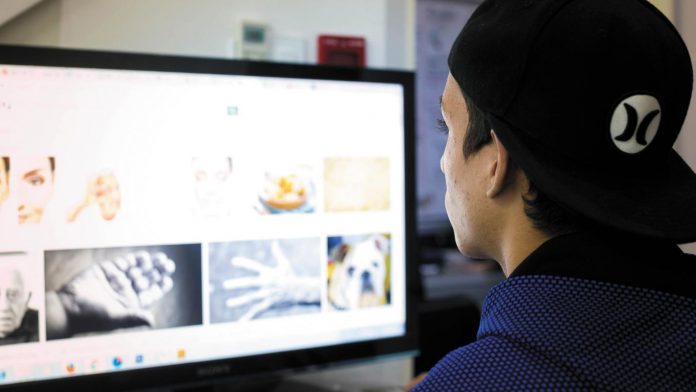What is blue light?
Blue light is also known as high energy visible (HEV) light. Aside from sunlight, the most common sources of blue light today come from digital devices such as smart phones, tablets, computers and TVs. Other sources include fluorescent lamps, and LED lights. Blue light’s high energy penetrates into deeper layers of the eye compared to other colours of lower energy.
How does blue light impact you?
1. Digital eye strain may develop gradually. Increased problems with blurred vision, dryness, slow focusing between near and far objects, headache, neck and shoulder pain are symptoms of computer vision syndrome. Research indicates that eye coordination disorders and increase in myopia (nearsightedness) are linked with prolonged digital eyestrain.
2. Studies suggest long term exposure to blue light and UV light from a young age may increase risk of cataracts and age related macular degeneration later in life.
3. The natural release of melatonin is suppressed by blue light, thus increasing alertness to the brain and disrupting sleep patterns. Limiting screen time before bed may help those who have problems sleeping.
Device advice
Since digital screens are unavoidable for many in the schools and workplace, eye doctors and Canadian pediatricians provide guidelines to parents and children:
• Limit screen time for children to 2 hours per day and follow the 20/20/20 rule.
• Infants and toddlers under 2 years of age should have zero screen time.
• Avoid “text neck.” Children unknowingly bring the screen too close when concentrating.
• No digital devices in the bedrooms, to avoid affecting sleep patterns.
• Visit your optometrist to determine if glasses with blue blocker filters are needed to ease digital eyestrain.
• Develop ground rules with your family to keep digital device use at safe levels.
Dr. Dianna Leong, Optometrist
www.healthychildren.org/mediauseplan










